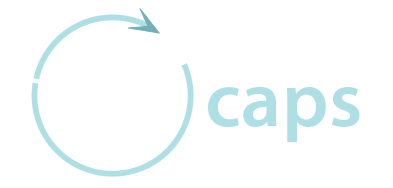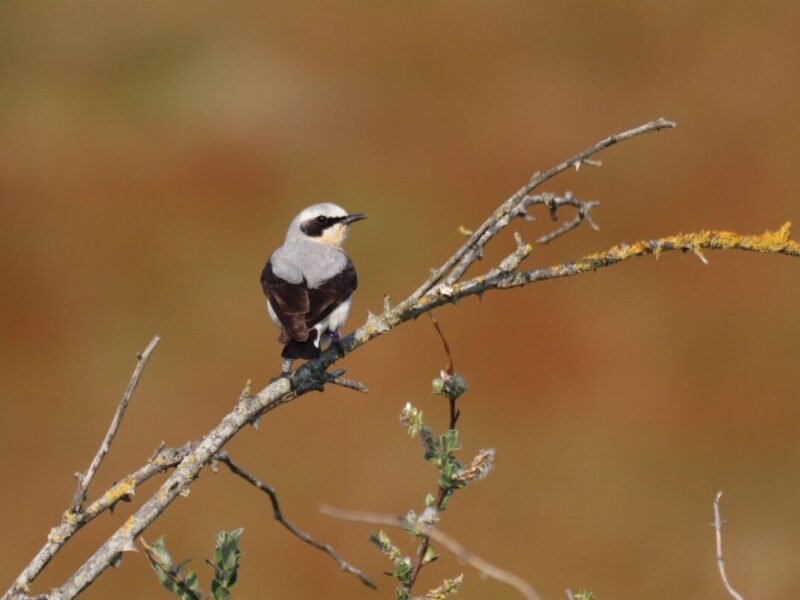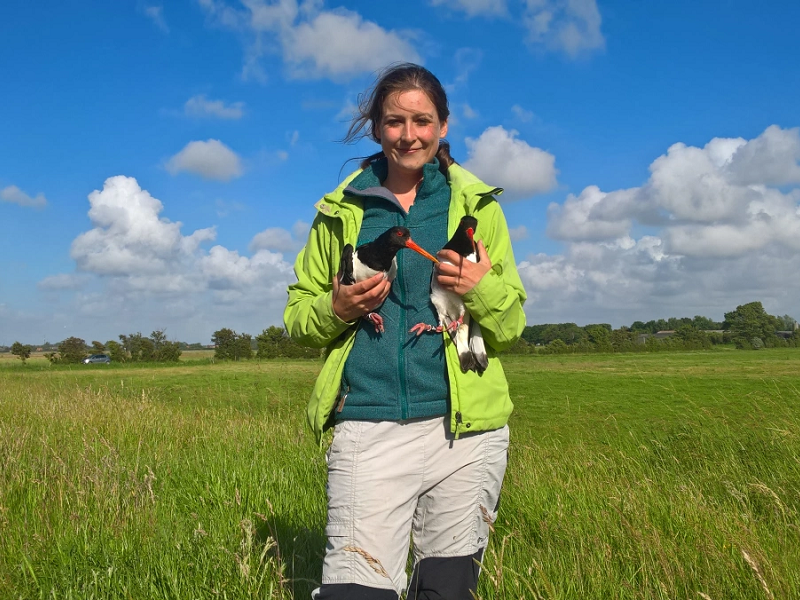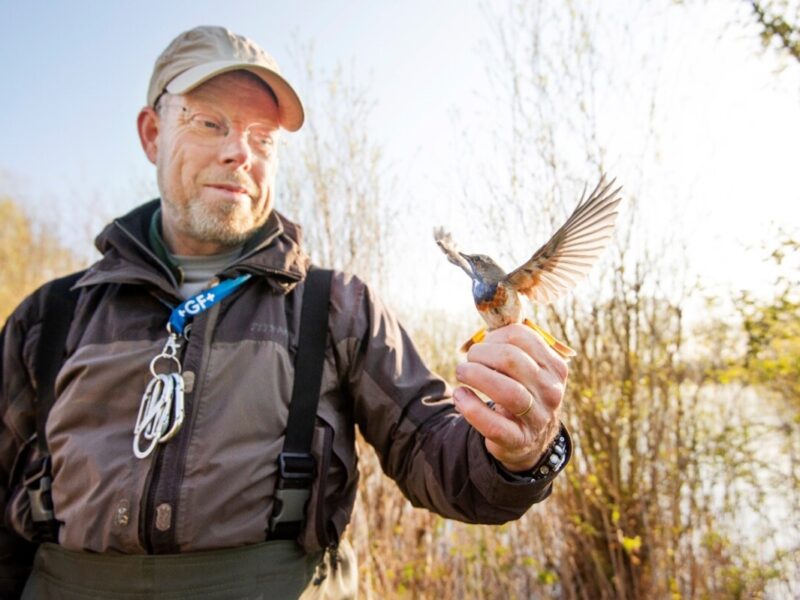
Measuring the impact of pesticides in the great tit
In the Netherlands, we use pesticides on a large scale. In order to study the effects of these pesticides on our environment and public health, it is necessary to know to what extent pesticides occur in our immediate environment. The great tit can provide a solution in this regard. In the ‘Meet de Mees’ project, … Read More









